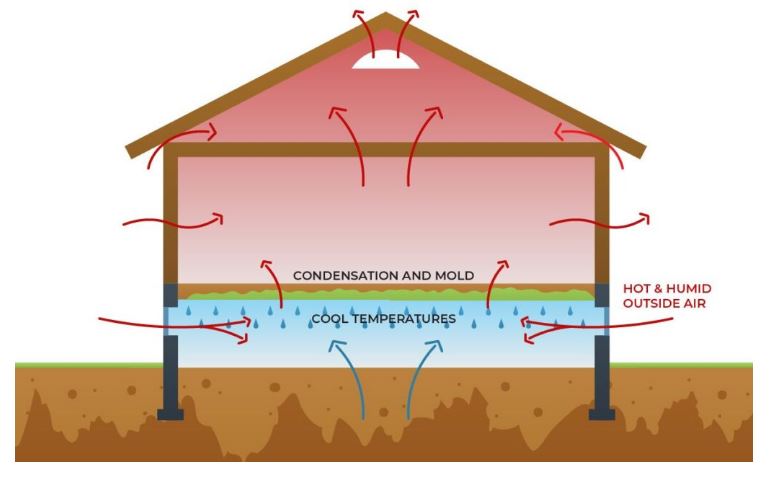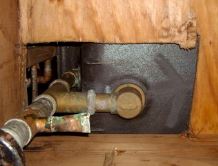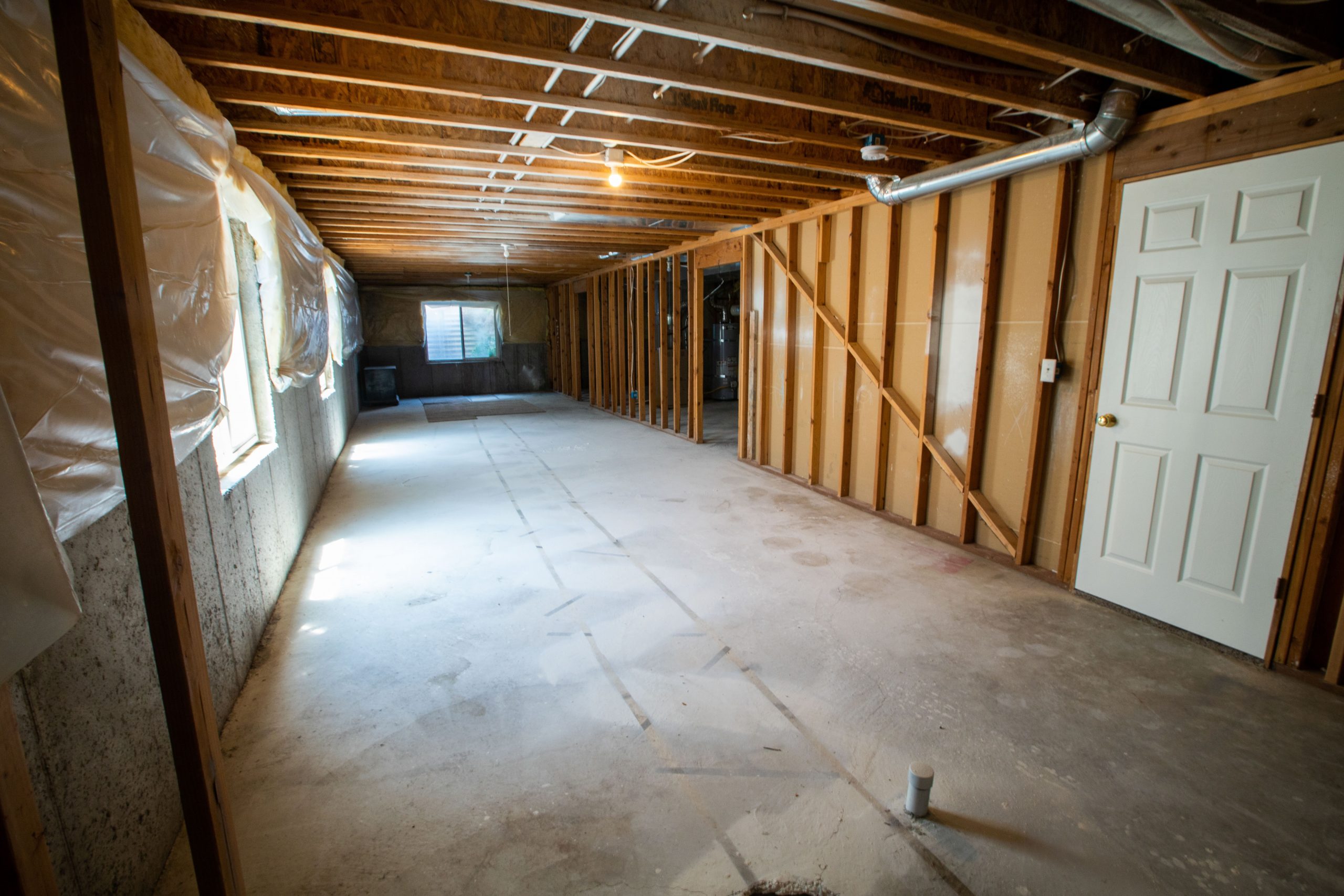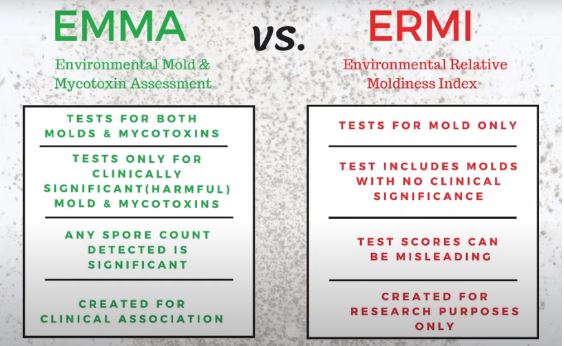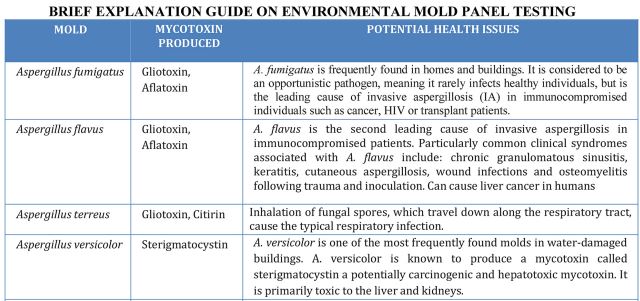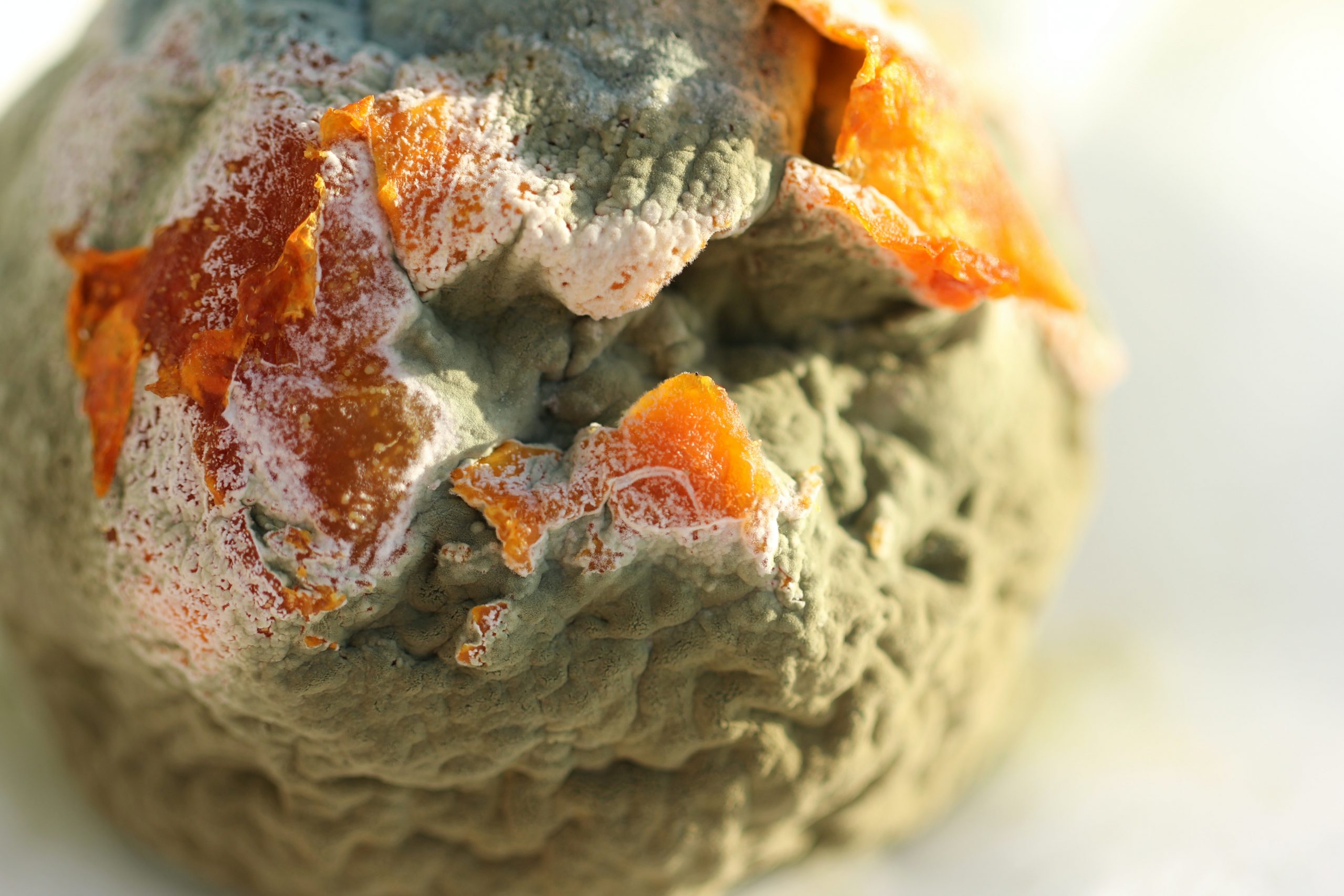How to equip your college student with better air quality
How to equip your college student with better air quality
If you’re a parent with a son or daughter in college, of course you want to see them succeed! It can get costly, though. From helping with tuition, room and board and everything else, it seems like “clean, fresh air” should be a free part of the package. Unfortunately, that may not be the case. Many colleges and universities are housed in old buildings that did not give thorough consideration to air quality when they were designed, built, or renovated. In many cases, you are paying for the privilege of studying there, with living as only an afterthought!
The problem with poor air quality in the university setting is that it affects the very thing young adults go there to do: learn. Contaminants in the air work against their body in the following ways.
High CO2 due to inadequate fresh-air ventilation decreases the ability of the brain to metabolize oxygen. In other words, the brain becomes oxygen deprived! This can affect learning in terrible ways. In a Havard study in 2015, 24 participants spent 6 days in simulated offices to control for CO2 and VOCs. Days were designated by the research team, but blinded to the participants and analysts, to be one “High CO2” day of 1400 ppm CO2, two “Conventional” days representing the average office building conditions of about 940 ppm CO2, one “Green” day representing better ventilation with conditions of approximately 740-750 ppm CO2, and two “Green +” days representing 100% outdoor ventilation (approximately 550 ppm CO2). Cognitive scores were 61% higher on the Green building day and 101% higher on the two Green+ building days than on the Conventional building day. On average, a 400-ppm increase in CO2 was associated with a 21% decrease in a typical participant’s cognitive scores across all domains after adjusting for participant (data not shown), and a 20-cfm increase in outdoor air per person was associated with an 18% increase in these scores. This shows that for lack of fresh air in their dorm room or classroom, your student could be missing out on their chance to absorb all the material presented, with lower test scores as a result! Here are some ways to “open the windows”, so to speak:
Add a Window Ventilation Filter to their dorm room. It’s easy to install and remove, and filters out pollution, pollen and dust.
For more info on how to measure CO2 in your dorm or classroom, check out our post. If the classroom or lecture halls turn out to be high in CO2, advise students to check with their student advisor on advocating for more ventilation.
VOCs: Most dorm rooms come equipped strictly with the basics -- a bed, desk, chair, light and garbage can, plus a small amount of storage space in the form of a dresser and/or closet. (howstuffworks.com) Therefore, moving into a new dorm room usually means getting new bedding and new accessories like rugs, wall hangings, and more storage like dressers or bookshelves. When these things are purchased new, VOCs from off gassing can increase dramatically if the doors and windows are kept closed for most of the day. In the study discussed previously, a 500-μg/m3 increase in TVOCs was associated with a 13% decrease in the cognitive scores. Once again, fresh air ventilation is really important to keep VOC levels in check.
Use a portable VOC sensor to check for levels in the dorm room or wherever it’s suspected that VOCs may be high (like a newly renovated area).
Install a Window Ventilation Filter in the dorm room to get fresh air dilution.
The Air Angel neutralizes VOCs with the catalytic molecules emitted by its AHPCO cell. Being portable and requiring very little maintenance, it can travel anywhere they go: on weekend sports events, home, and on vacation.
The Germ Defender/Mold Guard's optional carbon filter adsorbs VOCs emitted by newer items as they off-gas.
Indoor humidity plays a major role in our health: when it’s too low, disease transmissions are more likely, and when it’s too high, mold growth occurs and different mold-related conditions spike. We can think of many reasons to keep humidity in the recommended range of 40-60% so that your loved one’s health is not at risk! Sadly, sometimes it takes severe illness and even death to prompt renovation of problem buildings (see this article about the University of Maryland). Here’s how to equip your student against high humidity and the risk of bacteria, viruses, and mold-related illness.
It’s super inexpensive to put a portable humidity sensor in their suitcase or next care package. Ask them to message you with a photo of the sensor when you’re talking with them in the dorm room, or whenever else it seems to be high.
If the humidity remains high, you can speak to the dorm manager, but also equip your student with a dehumidifier. Amazon and big box stores can even deliver one from an online purchase. Since the average dorm room is only about 228 square feet, and larger dehumidifiers come with complaints of extra noise and heat, you’ll want to keep it small. This economical one by Eva-Dry only covers about 150 square feet (1200 cubic feet), but two of them plugged into different areas will help keep moisture under control. Here is a review of other models that work great for dorm rooms.
The Germ Defender/Mold Guard is perfect for small, humid spaces, and does triple-duty in a dorm room: 1) Even though the bathroom is typically always humid, mold doesn’t have to grow there… I can testify that one Mold Guard stopped mold growth when I couldn’t get a leaky shower valve repaired right away. 2) This unit also deactivates viruses and bacteria in the air and on surfaces across the room with polarized ions. 3) Finally, it has an option for a carbon filter to adsorb stinky odors like running shoes and sweaty clothing!
Use an Air Angel to prevent transmission of germs and mold growth. This unit is portable and requires very little maintenance, in fact only a replacement AHPCO cell once a year.
Finally, if your college student has not adopted good cleaning habits by now, we can’t help you! (just kidding, but we can supply you with the right goods, read on!) Statistics on bacteria in dorm rooms are pretty gross: the average women’s dorm rooms had over 1.5 million colony-forming units (CFU)/sq. in. of bacteria, while men’s dorm rooms had an average of over 6 million CFU/sq. in. (collegestats.org). The same article breaks down the types of bacteria and where they are most concentrated, and while not all of them were bad, most of them were. It’s time to clean up, because it’s hard to know which is worse: being sick in college or having a sick roommate who will soon infect you. For those who do clean, equip them:
Once again, Germ Defenders and Air Angels are passive sanitizers that help in activate germs between active cleaning.
A bottle of TotalClean goes a long way! Since dorm rooms are small, heavy-scented chemical cleaners can be super-irritating and not always welcome to their roommates’ sense of smell. TotalClean is unscented, non-toxic and very effective against dust, dirt, and germs on many different surfaces, even windows and mirrors.
Small pump bottles of non-toxic hand sanitizer and sanitizing wipes stationed around the room and on desks help between hand-washings.
Of course, similar to sending them off to grade school, you can’t be there 24/7 to help your college student make smart choices, but at least by this point you can give them tools to monitor and correct their own air quality for the healthiest and most productive school year. Viva la college!
Photo by Sincerely Media on Unsplash





